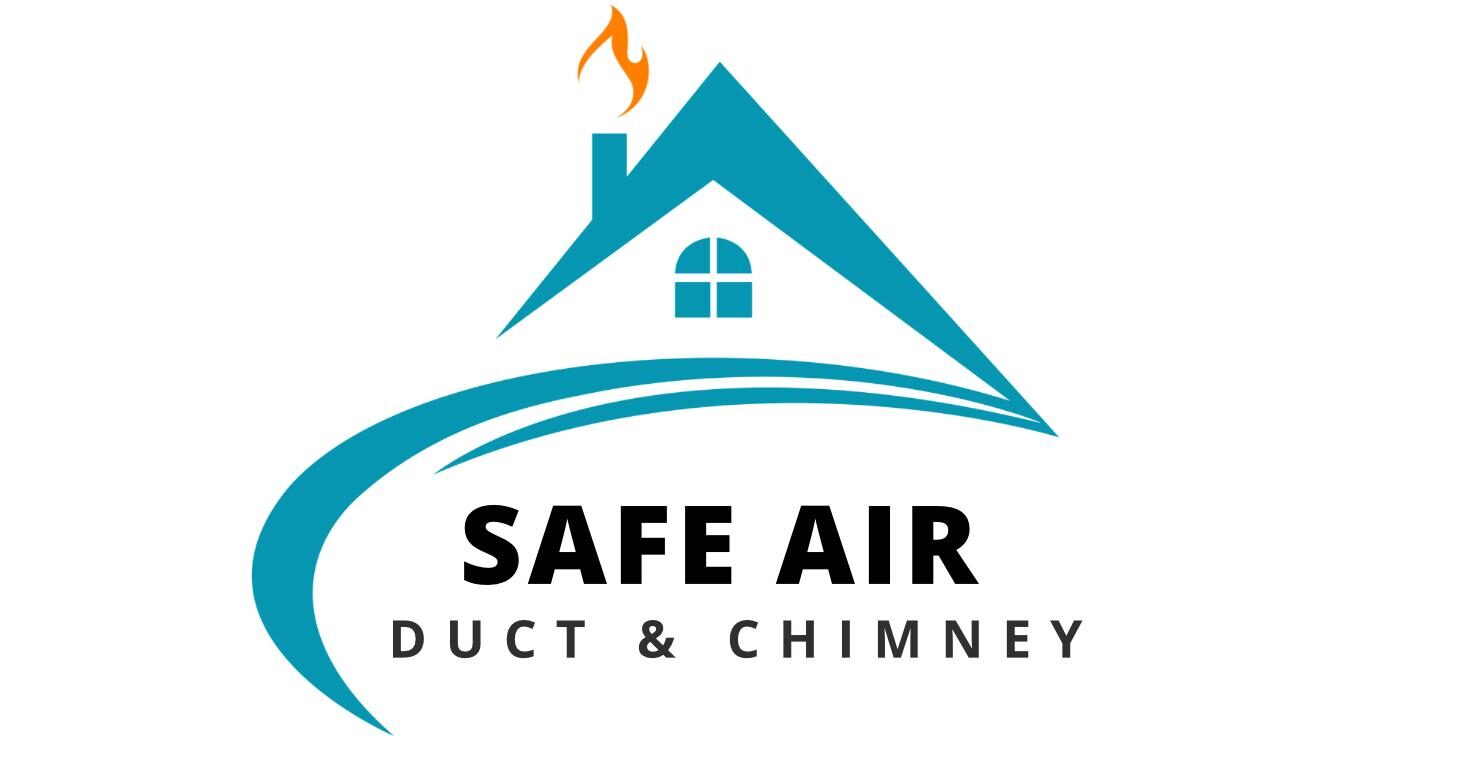Gas vs. Wood Fireplaces: Which One Is Right for Your Home?
Gas vs. Wood Fireplaces: Which One Should You Choose?
When choosing a fireplace, homeowners often debate gas vs. wood fireplaces. Both offer warmth and ambiance, but they differ in cost, efficiency, maintenance, and safety. A wood fireplace provides a classic, crackling fire, while a gas fireplace delivers convenience and energy efficiency.
This guide will explore the key differences between gas and wood fireplaces, helping you make an informed decision.

What Is a Gas Fireplace?
A gas fireplace is fueled by natural gas or propane, offering a modern and low-maintenance heating solution. Unlike traditional fireplaces, gas models do not require constant wood supply or ash cleanup.
Pros of Gas Fireplaces
- Easy to Use: Turn on with a switch or remote control.
- Low Maintenance: No ashes, soot, or creosote to clean.
- Energy Efficient: Converts 70-90% of fuel into heat with minimal waste.
- Safer Operation: No sparks or embers, reducing the risk of accidental fires.
- Flexible Installation: Can be installed in homes without chimneys.
Cons of Gas Fireplaces
- Higher Upfront Cost: Installation ranges from $2,500 to $7,500, depending on venting requirements.
- Less Authentic Ambiance: No crackling sounds or real wood aroma.
- Lower Heat Output: While efficient, gas fireplaces may not provide as much radiant heat as wood-burning options.
For homeowners looking for convenience and efficiency, a gas fireplace installation may be the best choice.
Learn more about gas fireplace safety from the National Fire Protection Association (NFPA).
What Is a Wood Fireplace?
A wood-burning fireplace is the traditional choice, offering a natural ambiance, intense warmth, and classic aesthetic. However, it requires more maintenance and produces more emissions than gas alternatives.
Pros of Wood Fireplaces
- Authentic Fireplace Experience: The sound, smell, and feel of real burning wood create a cozy atmosphere.
- High Heat Output: Produces powerful radiant heat, ideal for large spaces.
- No Dependence on Gas Lines: Operates independently of utilities, useful during power outages.
- Sustainable Fuel Source: Firewood is widely available and renewable.
Cons of Wood Fireplaces
- More Maintenance Required: Needs regular chimney cleaning to remove creosote buildup.
- Effort to Use: Lighting and maintaining a fire takes time and preparation.
- Lower Energy Efficiency: Loses 50-70% of heat through the chimney.
- Emissions & Air Pollution: Produces smoke, affecting indoor and outdoor air quality.
For those who prioritize aesthetic appeal and high heat output, a wood fireplace is an excellent option. However, proper maintenance is essential to prevent safety hazards.
The Environmental Protection Agency (EPA) provides guidelines on wood-burning emissions and efficiency.
Cost Comparison: Gas vs. Wood Fireplaces
| Feature | Gas Fireplace | Wood Fireplace |
|---|---|---|
| Installation Cost | $2,500 – $7,500 | $3,000 – $10,000 |
| Annual Maintenance | $100 – $300 | $200 – $600 |
| Fuel Cost | $0.50 – $1 per hour (gas) | $150 – $300 per cord (wood) |
| Energy Efficiency | 70-90% | 30-50% |
| Lifespan | 15-25 years | 20-40 years |
Gas fireplaces have lower long-term maintenance costs, while wood fireplaces require more upkeep but may last longer.
Which Fireplace Is Best for Your Home?
The best choice depends on your lifestyle, budget, and heating needs.
Choose a Gas Fireplace If You Want:
- A low-maintenance, energy-efficient heating solution.
- Instant ignition with no hassle or cleanup.
- A safer, more controlled heat source.
Choose a Wood Fireplace If You Want:
- A traditional, rustic fireplace experience with real burning wood.
- A high heat output to warm large areas.
- A self-sufficient heating source that does not require gas.
If you are unsure which option suits your home, consult a fireplace installation expert to assess the best solution.
When comparing gas vs. wood fireplaces, both have unique benefits. Gas fireplaces are efficient and convenient, while wood fireplaces offer authentic ambiance and warmth.
Before making a decision, consider installation costs, maintenance requirements, and efficiency levels. If you need professional guidance, contact SafeAir Duct & Chimney for expert fireplace installation and maintenance.


